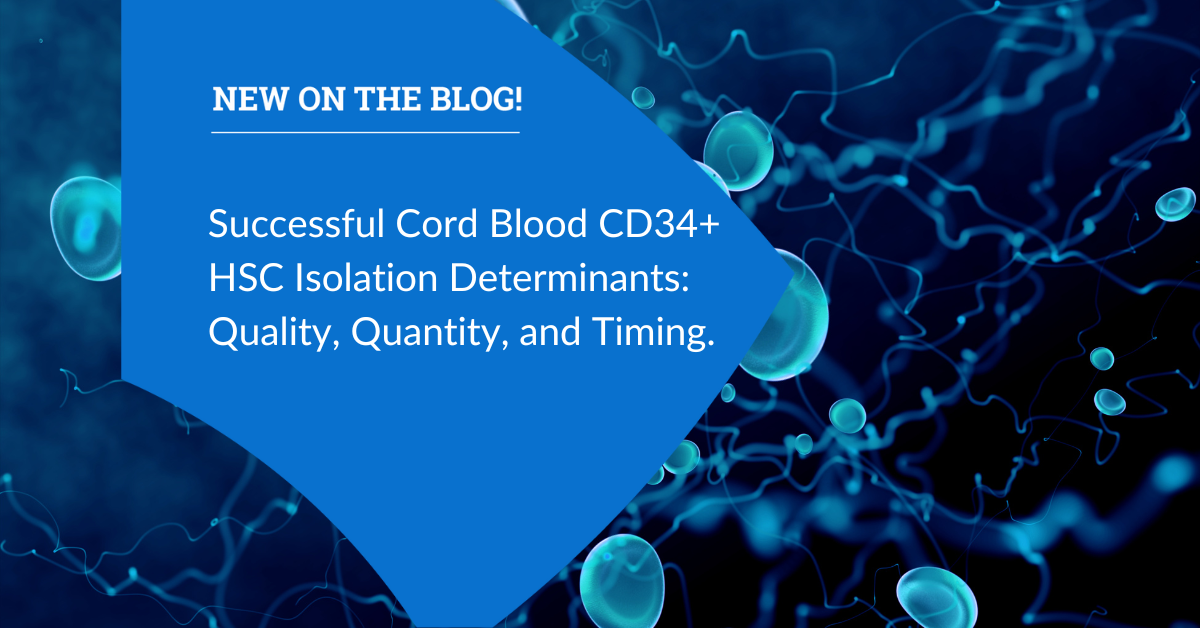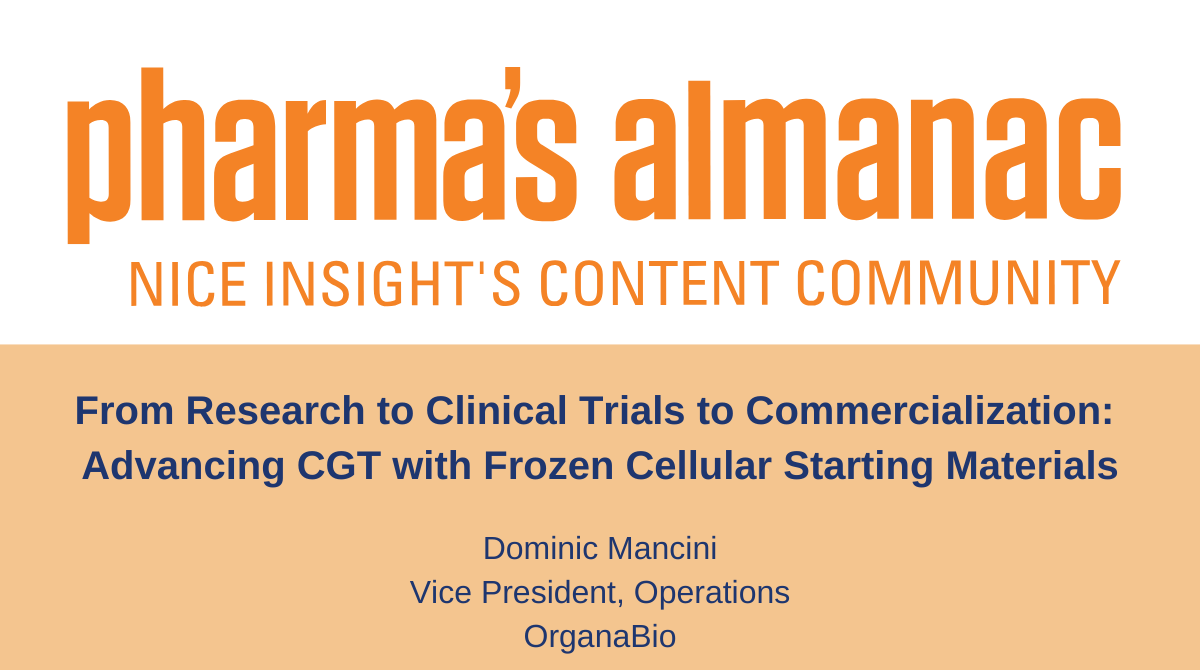In May 2024, the 27th Annual Meeting of the American Society of Gene and Cell Therapies (ASGCT) explored the current viral vector-based therapy landscape and the emerging vectors in the field. A panel of experts discuss the trends, conversations, and innovations occurring in the viral vector-based therapy sector at ASGCT with the Medicine Maker. What caused most excitement – and what could a brave new future look like? Read Gabrielle Freitas’s answers below:
What are the biggest discussion points around viral vector-based therapies?
Gene insertion techniques are a big topic. Traditional CRISPR methods focused on gene editing to turn off problematic genes, but newer techniques, such as base editing and prime editing, are limited to making small genetic changes. Recent innovations from a handful of companies – for example, ReNAgade Therapeutics, SalioGen Therapeutics, and Tome Biosciences – and renowned researcher David Liu of the Broad Institute are tackling the challenge of precisely inserting large DNA sequences or entire genes into the genome. These advancements open up new possibilities for treating Stargardt disease, cystic fibrosis, and other diseases where traditional methods fall short.
What innovations in the pipeline are you excited about?
The work of CRISPR Therapeutics and Editas Medicine is exciting; they are exploring gene insertion technologies. David Liu’s lab at the Broad Institute has also been particularly prolific, introducing methods for targeted gene-sized DNA integration in mammalian cells without necessitating double-strand DNA breaks.
What are the main regulatory challenges?
Product quality and downstream manufacturing must be better defined by developers to determine and measure efficacy. Regulatory agencies need to establish appropriate guidelines for evaluating the safety, efficacy, and quality of these therapies, taking into account diverse patient populations and their unique characteristics as well as the various biological complexities of these therapies.
Are there any lingering concerns involved with this modality?
Yes, ensuring the efficiency and specificity of gene insertion techniques to minimize off-target effects and unintended mutations is still a concern. However, recent advancements in gene editing technologies, such as prime editing and CAST, show promise in addressing these safety concerns.
What do you think the future looks like?
The future of the sector does look bright, with gene insertion technologies heralding a new era in genomic medicine. These innovations offer potential solutions for treating a wide range of genetic diseases, including those caused by large and multiple mutations. Companies such as Roche, Spark Therapeutics, and Cytiva continue to focus on generating stable, high-titer HEK293 producer cell lines for AAV to enhance scalability and cost-efficiency. Stable packaging and inducible lentiviral vectors also demonstrate a growing trend. As research continues and regulatory processes evolve, we can expect to see more groundbreaking discoveries and the translation of these technologies into effective therapies for patients worldwide.





